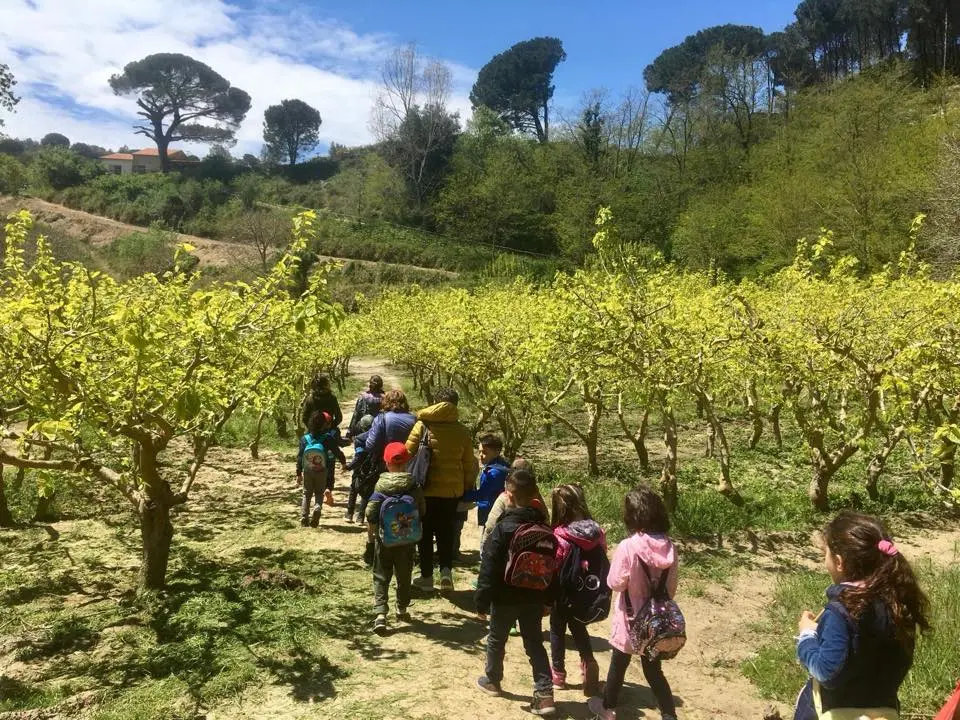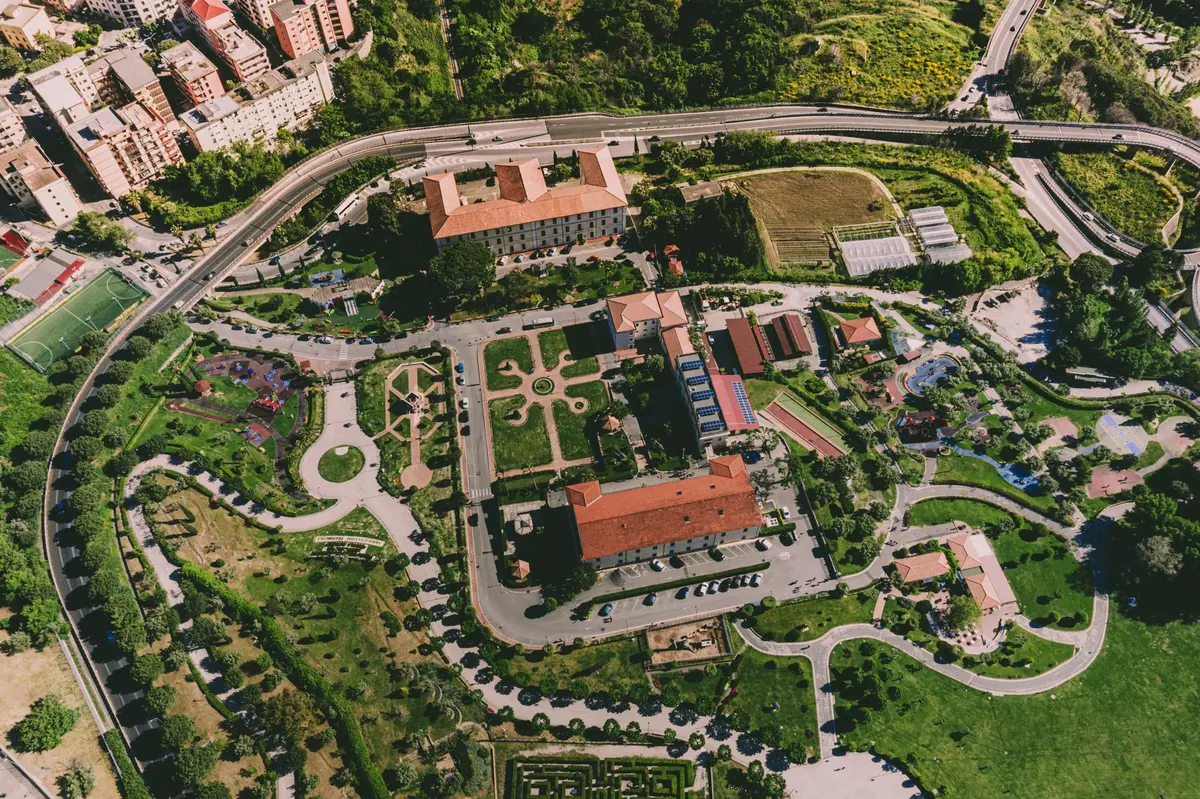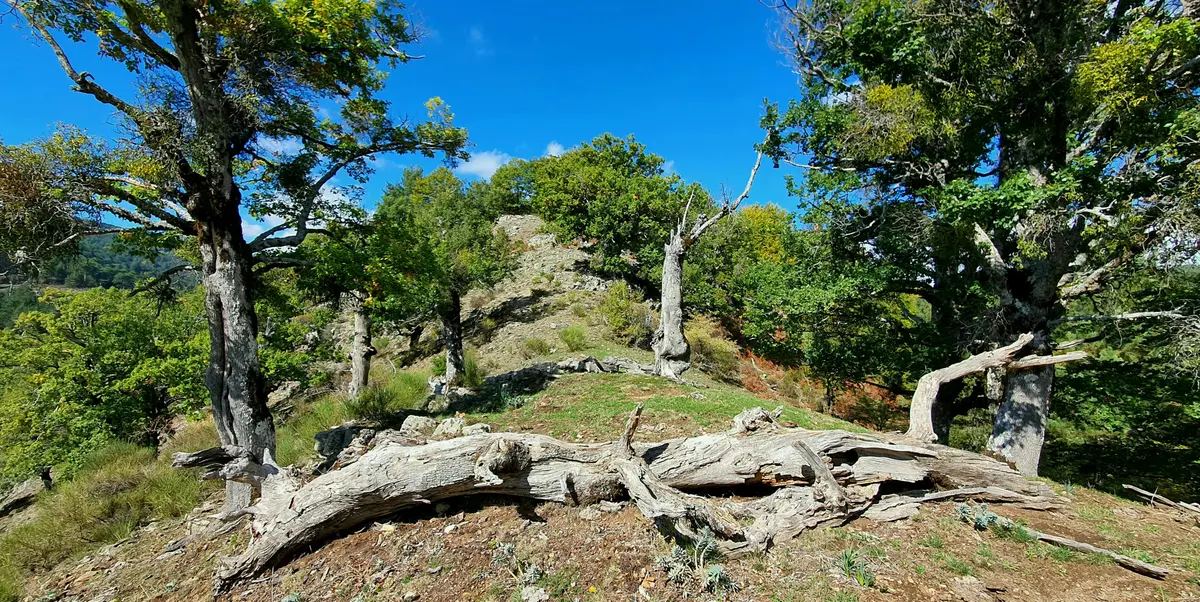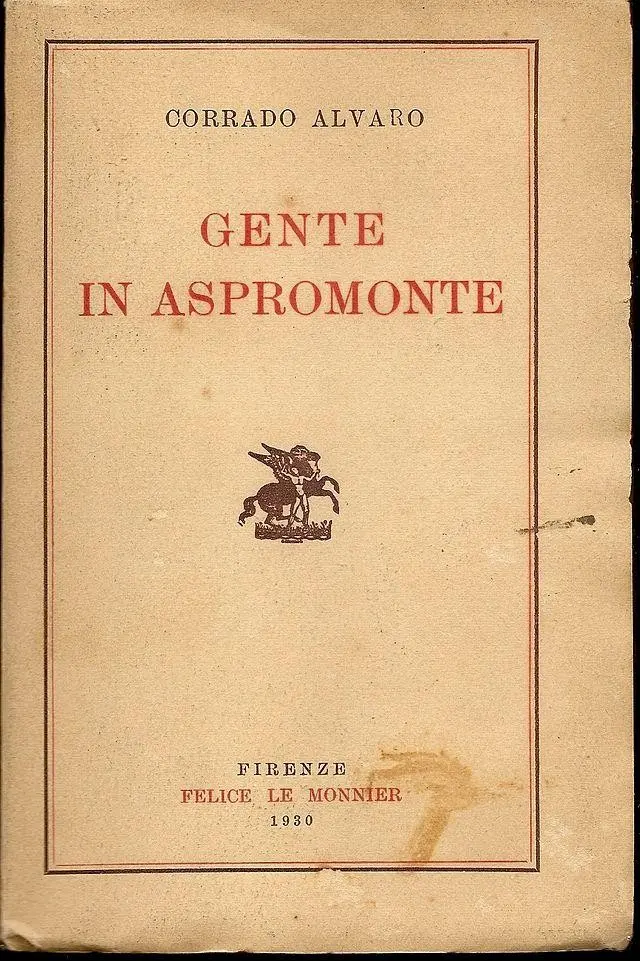Discovering Pietra Cappa: Europe's highest monolith
Excursion in the Aspromonte National Park: Pietra Cappa and surroundings
Sport and nature
Regione Calabria
Have you ever heard of Pietra Cappa, one of the highest monoliths in Europe? Follow us on an astonishing trek in the heart of the Aspromonte National Park, in the literary footsteps of the Calabrian writer Corrado Alvaro, who made a fascinating narrative of these places.
We are in the municipality of San Luca, province of Reggio Calabria. Pietra Cappa towers majestically among the Aspromonte tree tops, attracting hikers and geology enthusiasts like a magnet.
Let's find out where it is and how to reach Pietra Cappa and its enchanting surroundings.
Where is Pietra Cappa?
Also called the “Queen of Aspromonte”, with its enigmatic shape, full of myths and legends, Pietra Cappa towers in the Valley of the Great Stones, at the centre of the UNESCO World Heritage Geosites. More than 130 metres high, with an extension of 4 hectares, Pietra Cappa ranks among the largest monoliths in Europe. The very symbol of the Aspromonte National Park, this stone giant has enchanted travellers and writers, naturalists and devotees of the Madonna della Montagna over the centuries.
Its name, Pietra Cappa, is enough to evoke the same scenery that from Cappadocia links this corner of Calabria to the East. It was precisely from the East that the first hermit monks, Basilian and Byzantine, arrived here: a civilisation in search of hidden places, solitary but panoramic, where they could stay safe but at the same time control the territory from above. This is an area to be discovered on an excursion, armed with good will and curiosity about these magical places, immersed in the Mediterranean maquis that rises from the coast cultivated with olive trees towards the village of San Luca, enriched with heather, mastic, myrtle, strawberry tree and other fragrant shrubs.

How to reach Pietra Cappa
From the centre of San Luca, the itinerary to discover Pietra Cappa extends for about 8 km, with an altitude difference of 400 m. Leaving the arable land behind, we ascend in altitude through a forest of holm oaks and chestnut trees, some of which are monumental. As you climb, the landscapes range from the Valley of the Great Stones (Pietra Lunga, Pietra Castello and Rocche di San Pietro) to the Careri Valley and Platì to the rocky ridges that plummet towards Gerace.
At the centre of these panoramas stands she, the “Queen of Aspromonte”, motionless for millions of years (Oligocene) with her sedimentary nature and the sides crossed by an evocative underground tunnel. Pietra Cappa can also be reached from the village of Natile Vecchio, among the “ghost towns” of Calabria, with a walk lasting about six hours.
Although it is advisable to always contact an authorised guide, the route can also be undertaken independently by more experienced walkers, as it is well indicated by red and white signposts that make it easy to reach the destination. The excursion to Pietra Cappa requires good physical fitness and suitable clothing, as well as a sufficient supply of water.
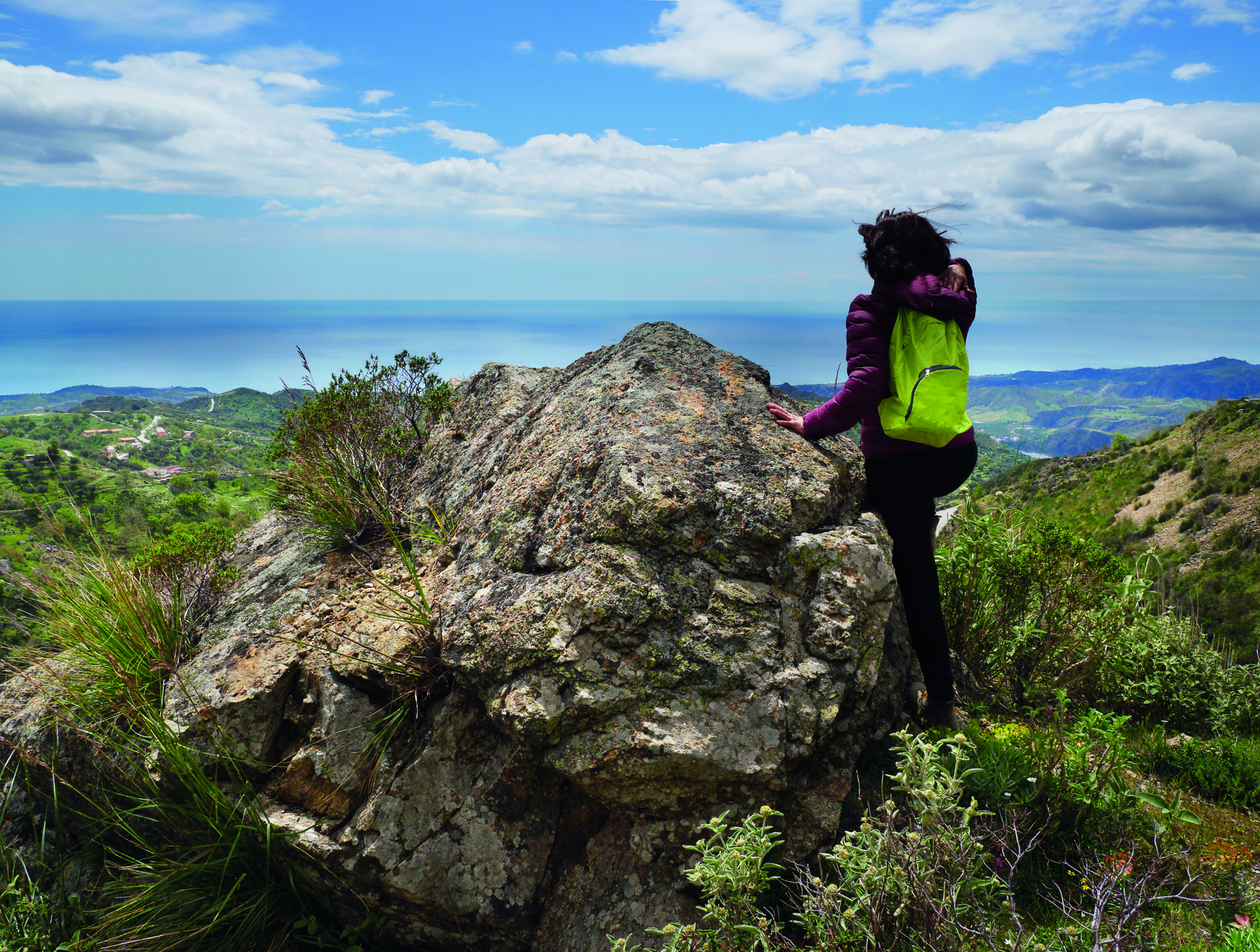
Around Pietra Cappa
In the surroundings of Pietra Cappa, among the St. Peter's Rocks, it is possible to visit the beds dug by hermit monks; between Pietra Cappa and Natile Vecchio, in a place known as Afrùndu, one can see the remains of a grangia, an ancient granary of Greek origin attached to a monastery; finally, returning towards the plateau, the ruins of the Church of San Giorgio.
All these places are extensively described in the works of the writer Corrado Alvaro, Strega Prize in 1951 with his novel Almost a Life. Built in the 16th century to accommodate the inhabitants of the village of Potamia, destroyed by a landslide, San Luca is still home to Corrado Alvaro's House-Museum and many buildings mentioned in his works: from the Church of S. Maria della Pietà to the ruins of Palazzo Stranges, passing through the Loggia del Petto and the famous Shrine of the Madonna di Polsi, one of the most important Marian shrines in Calabria and the site of a folkloristic pilgrimage.
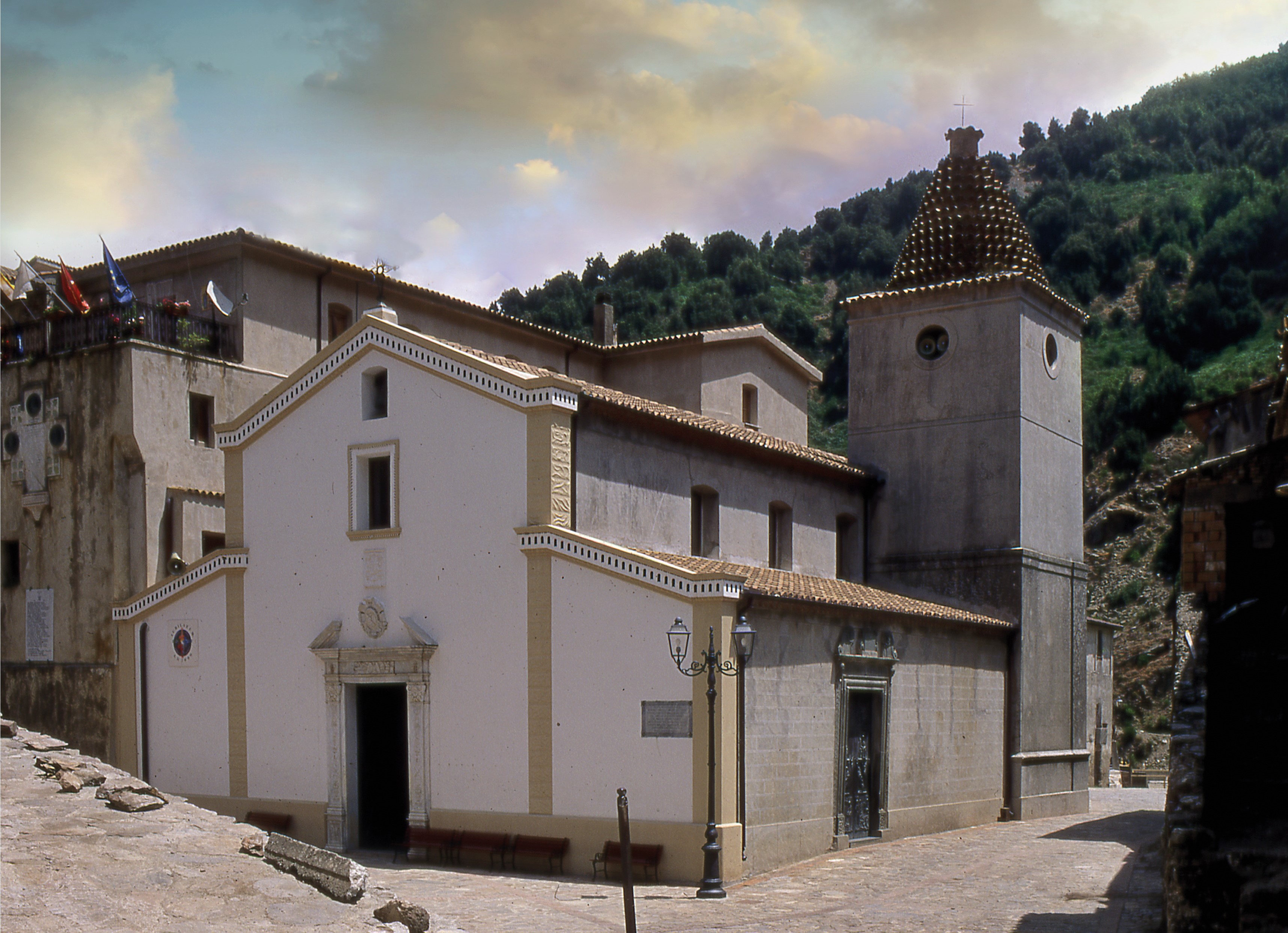
https://calabriastraordinaria.it/en/news/discovering-pietra-cappa-europes-highest-monolith
